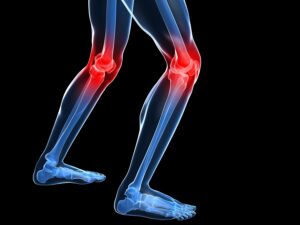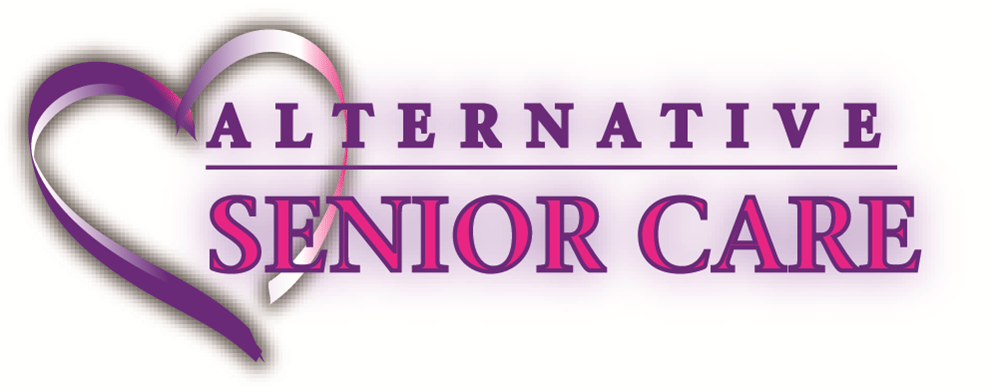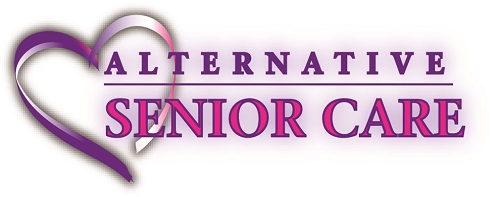Six Factors that Affect Your Senior’s Gait
Is your senior tending to shuffle more than actually walking? Many aging adults develop a shuffling gait that can be an indication that their fall risk is greater than ever before.
Joint Pain

Senior Care Albany, MN: Seniors and Walking
Joint pain can affect your senior’s ability to move her legs properly, all the way from her hips down to her feet. When she’s in pain, your elderly family member may also opt to avoid walking as much as possible. This can contribute even more to pain.
Weak Leg Muscles
It’s extremely common for aging adults to lose muscle tone. If your elderly family member is less mobile than she used to be, she’s even more likely to lose muscle tone. Feeling weaker just exacerbates this situation and leaves her in a spiral of becoming weaker.
Balance Issues
If she’s unable to maintain her balance or if she perceives that it’s harder for her to remain balanced, your elderly family member is likely going to have more trouble walking. She may find that she rushes from one stable object to another, leaning on whatever she can to maintain her balance.
Diminished Reaction Time
Reduced reaction times affect many areas of your senior’s life. She may find that it’s more difficult for her to drive, for instance. But that’s not the only concern. With reduced reaction time, your senior may be less able to account for ways that walking challenges her body and she might be more likely to fall.
Medication Side Effects
The medications that your senior takes can improve her quality of life in major ways. But they can also give her side effects that make much of her life more complicated. Medication side effects can amplify balance issues, further reduce her reaction time, and cause weaker muscles to have more difficulty responding to commands from her brain.
Fear of Falling
If your elderly family member fell or almost fell recently, that can cause her to develop a fear of falling. When seniors become afraid of falling, that creates bigger problems. Your senior may find that any issues that increased her difficulty walking before her fear grew also increase.
A shuffling gait is an indication of bigger issues for your elderly family member. Having someone there with her more often can be a huge help. Not only can senior care providers help your senior with household tasks, transportation, and more, but they can also assist her with safer mobility around the house.
If you or an aging loved-one are considering Senior Care in Albany, MN please contact the caring staff at Alternative Senior Care today. Providing Home Care in Central Minnesota and Surrounding Communities. Call us Today (320) 352-3350
- Home Care Assistance Helps Seniors Recover at Home - June 5, 2025
- Meet two of the ladies who are really making a difference:Faith and Hannah - May 28, 2025
- Helping Seniors Manage Tinnitus - May 21, 2025


